Dos Hermanas Castle
It was probably built during the 9th and 11th Centuries during the Muslim control of the Iberian Peninsula, this castle represents one of the best examples of Arabian poliorcetic (discipline that is responsible for the building of fortresses, bastions or fortifications) in Spain. Located around 7 kilometres away from Montemayor, following the Old Station road. de Montemayor siguiendo el trayecto de la antigua carretera De la Estación.
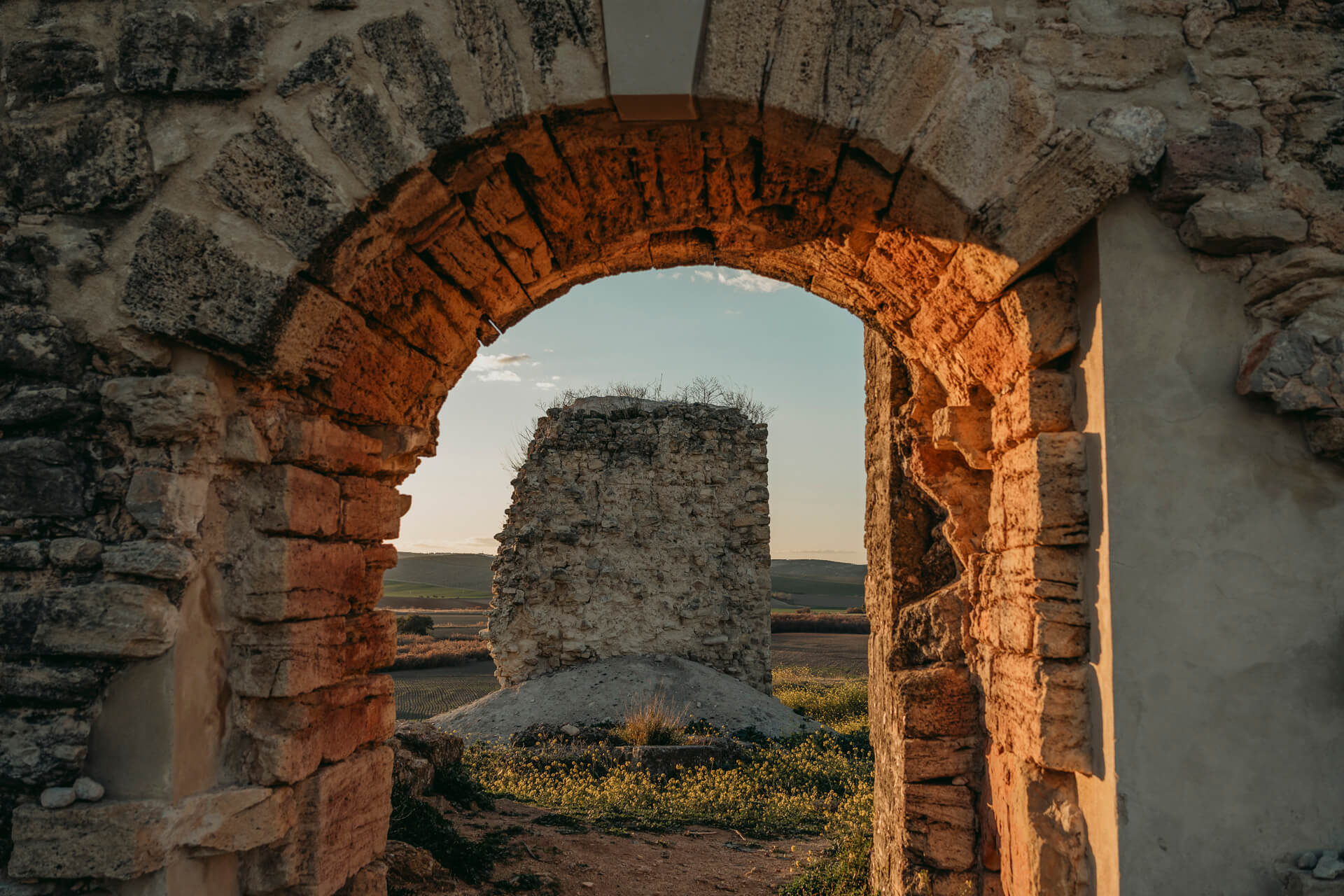
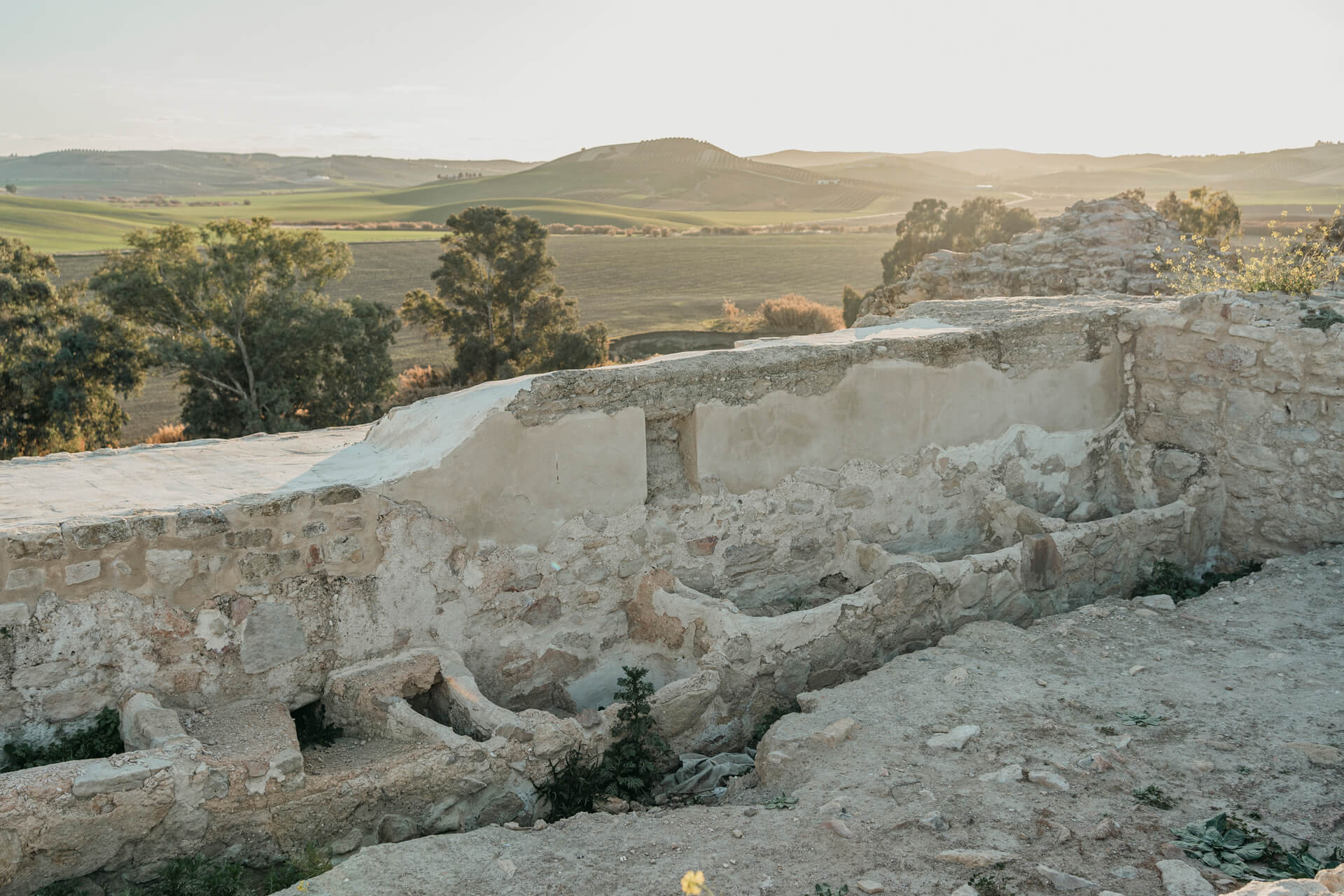
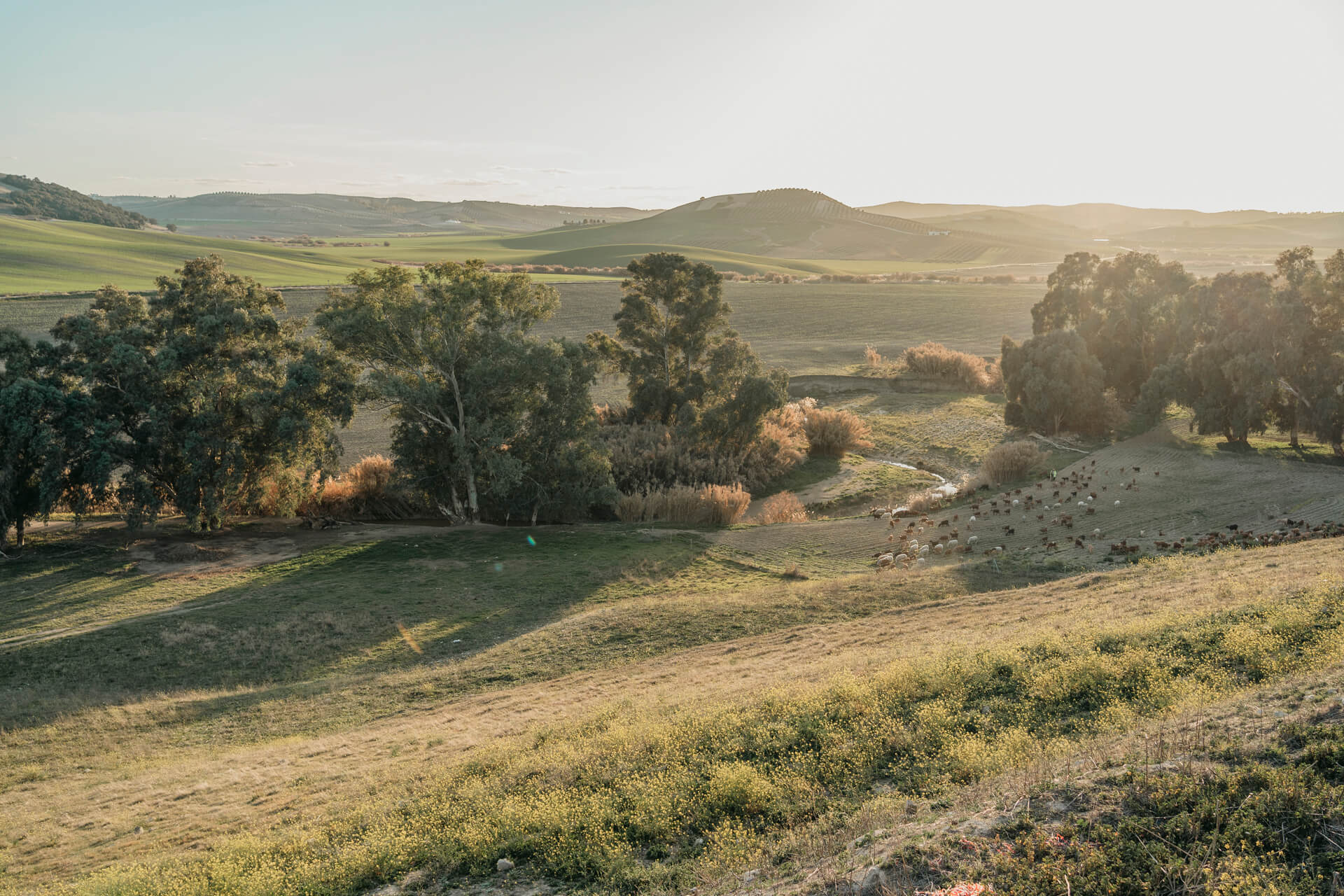

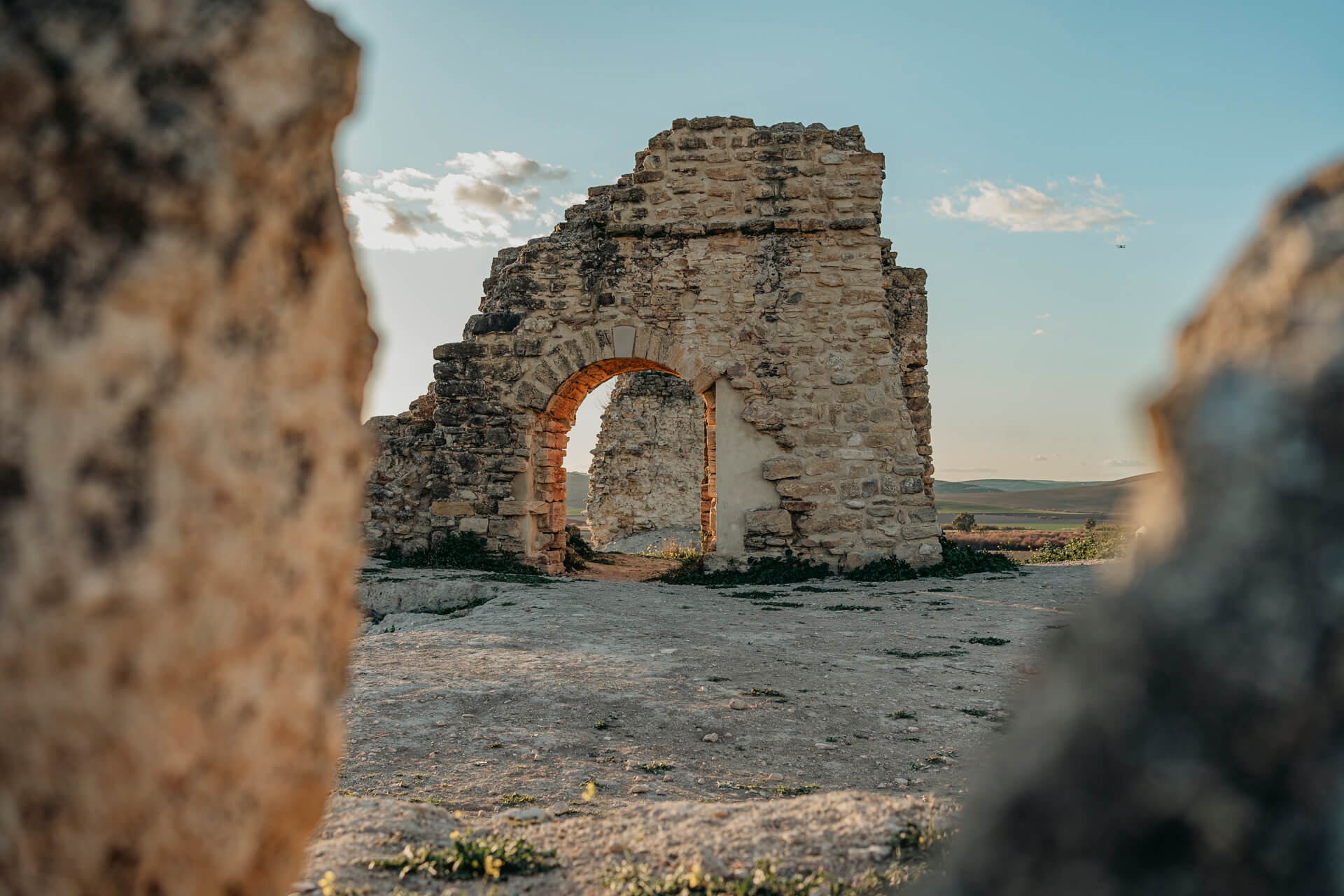
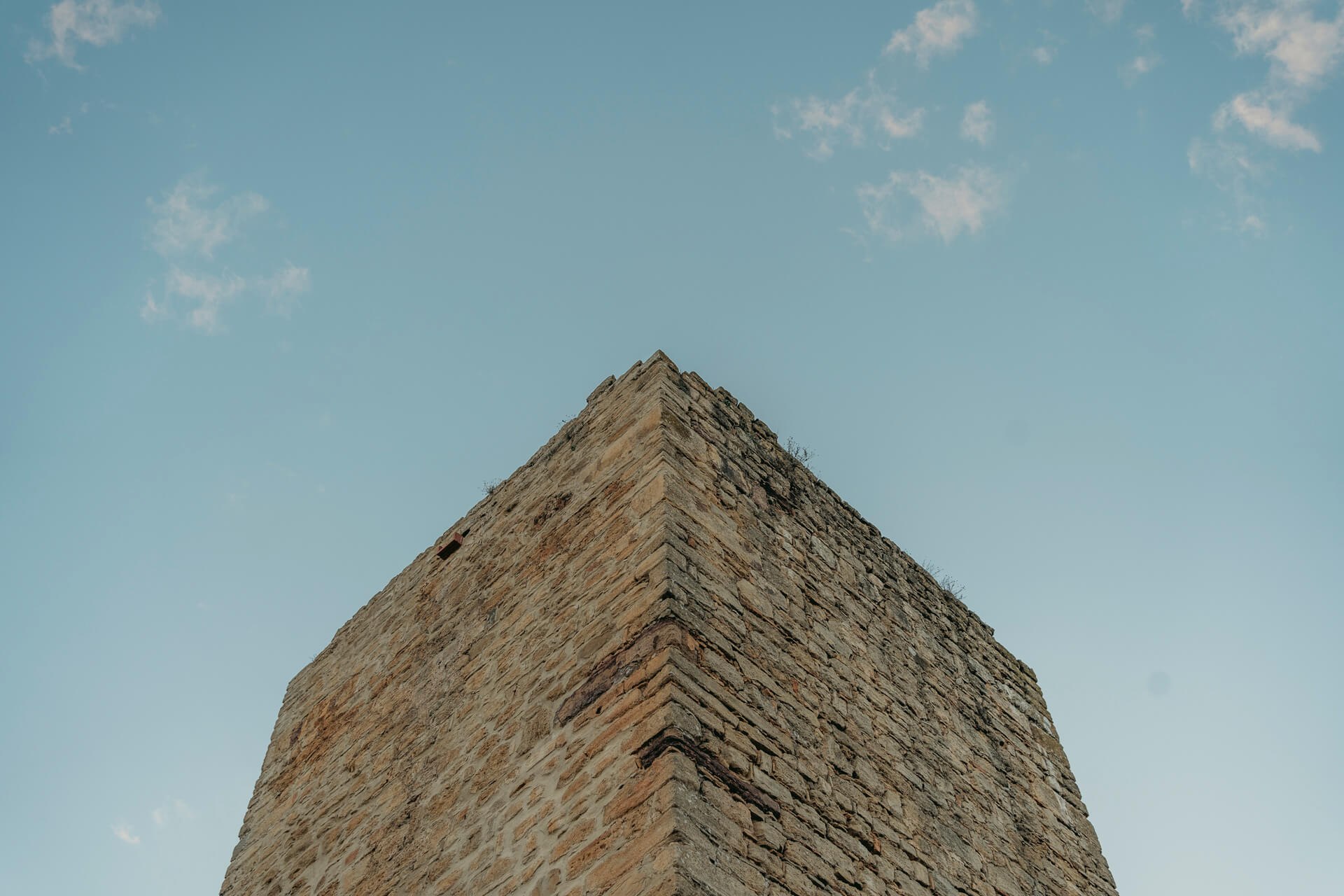
What will you discover?
From a soft hill nearby Carchena stream, whose name is also Arabian, the fortress that has standed for centuries rises up. It has a 42 x 40 metres quadrangular floor and it has towers in the corners. The different archaeological excavations that has been carried out for the previous years has brought to light the fortified perimeter of the castle, several towers, the access arch to the stronghold, stables and other rooms.
On one of its corners, the Torre del Homenaje is located, in contrast to as it used to be, it is solid in the inside and did not have rooms in it. 15 metres are still kept. The last excavations reached the level where the main square and the castle’s entrance arch were, which permitted the entrance on horseback to the facility.
Did you know what…?
Dos Hermanas Castle must have been an important bastion of Cordoba’s countryside. Probably, one of the twenty seven strongholds given to Fernando the Third, ‘the Saint’, by the Muslim when he conquered Guadalquivir valley during the 13th Century. After Al-Ándalus’ Fitna (1009-1031), a bloody civil war that deposed the last Cordoban Caliph, in addition to the appearance of the taifas. Dos Hermanas continued being an independent town from Córdoba’s cora (territory division).
The low elevation of the land where the castle rises up made hard the defense of the fortress and the town located over the hillside against the razzias and Muslim attacks from the Emirate of Granada. This event would be decisive for the move of this town and the building of a new castle on a more elevated hill, which would be easily defended: the ‘monte maior’. A lot of hesitation still exists about the other town’s name, ‘Dos Hermanas’. Some hypothesis bet that this name makes reference to the other nearby hills where the castle and the town were located, that was the main reason why it got named Dos Hermanas.
Everything has a beginning, and an end…
The building’s ruins would be undeniable during the 14th Century, when Dos Hermanas relocated to establish Montemayor thanks to the granting of the Carta Puebla granted by Martin I Alfonso de Córdoba ‘the Good’, first Lord of Montemayor. A lot of the stone blocks and structures of the castle were dismantled, and it was used as a quarry for the construction of Montemayor Castle. The Lord of Montemayor asked for permission to the king to settle a new town known as ‘monte maior’, more raised and better protected than Dos Hermanas.
An interesting investigation project
Montemayor City Council carried through a strong bet on this good of cultural interest. It began with the purchase of the pieces of land that were the home to the ruins of the castle and the old town, near the feet of the wall. The different excavation campaigns brought to light different rooms of the castle, reaching the original levels of the floor and proceeding to the restoration of towers and other walls. The latest investments improved the access to the castle with a dry land path and the creation of a metallic footbridge over Carchena river.
Nowadays, thousand of years after its construction, Dos Hermanas castle is one of the most interesting examples of Arabian military architecture in Spain, and it has got a huge archaeological potential that will be discovered in the following years.



